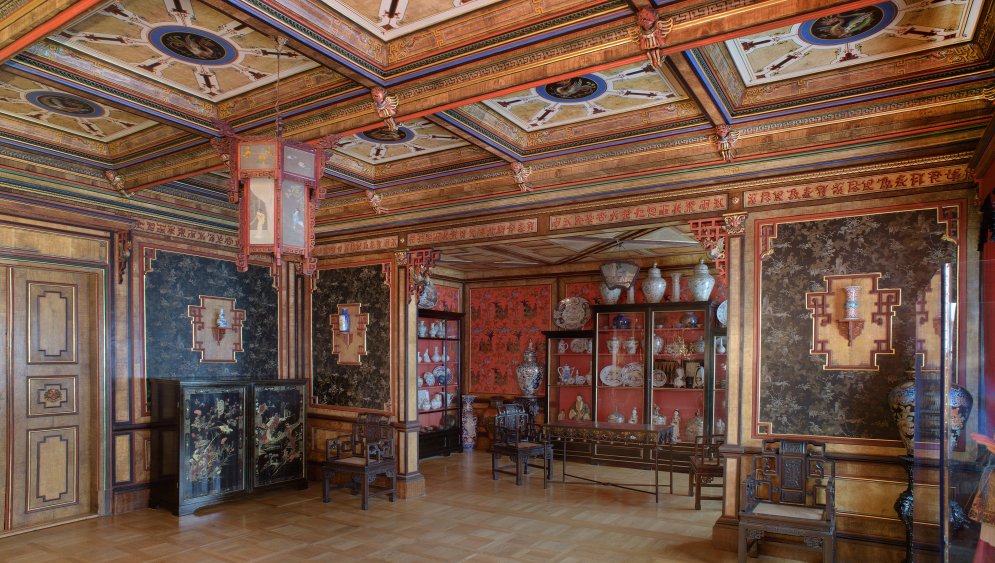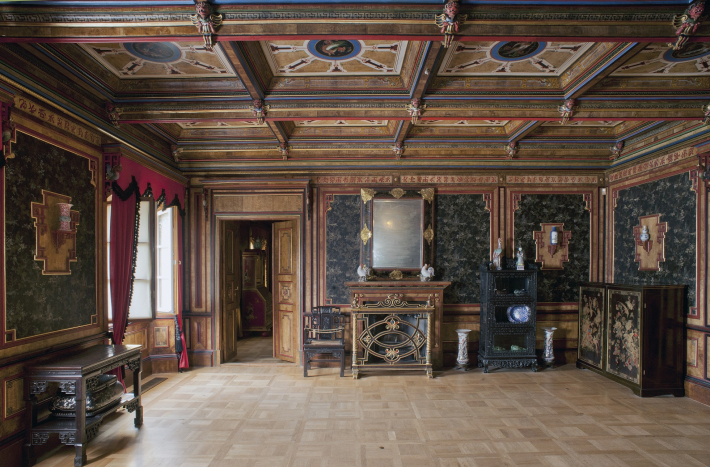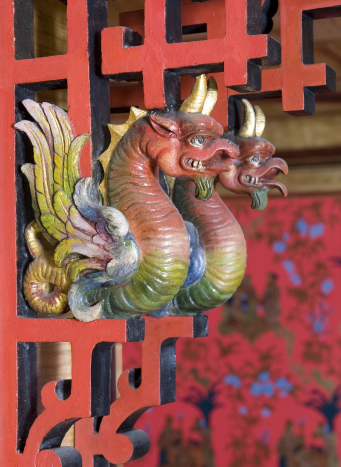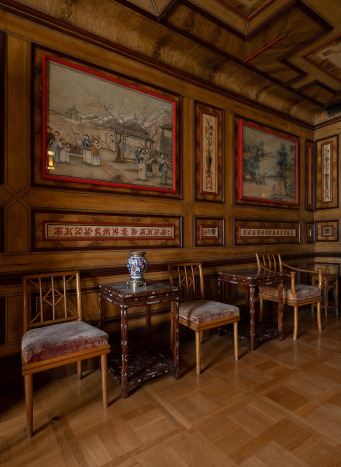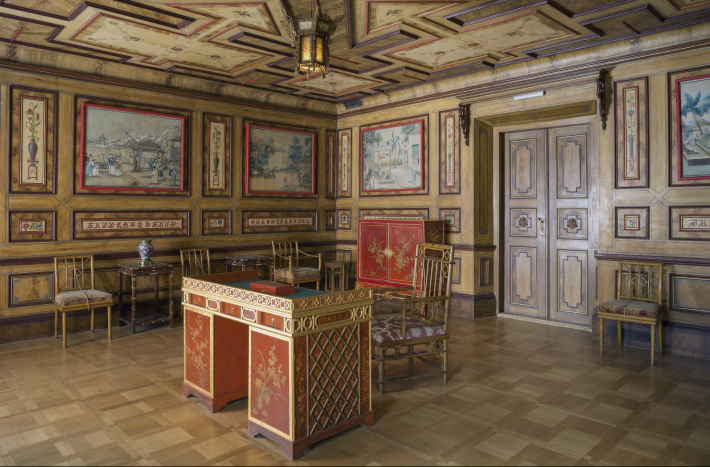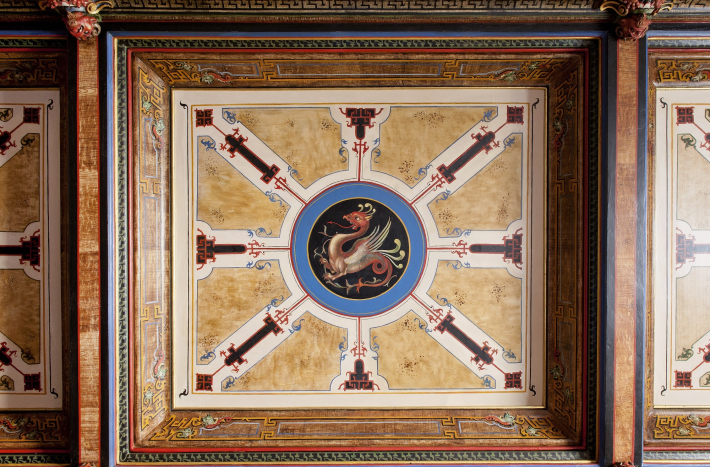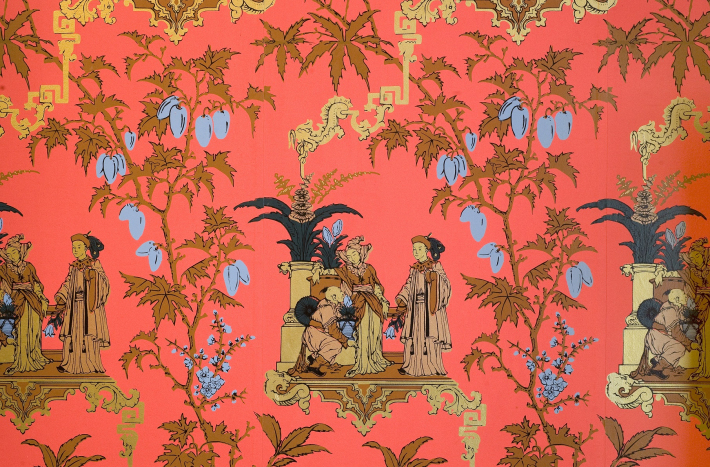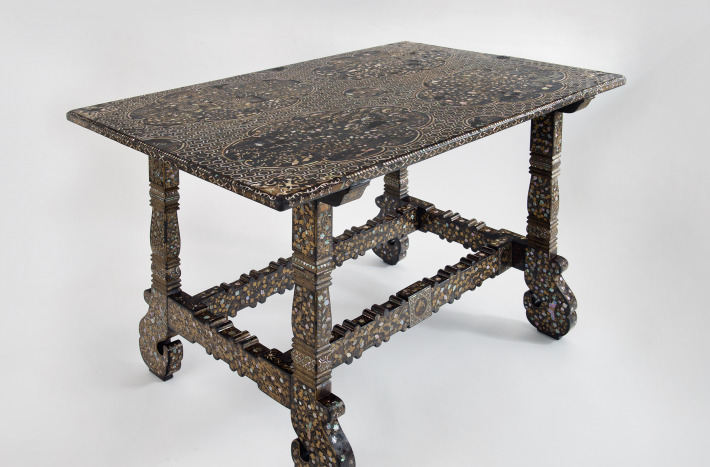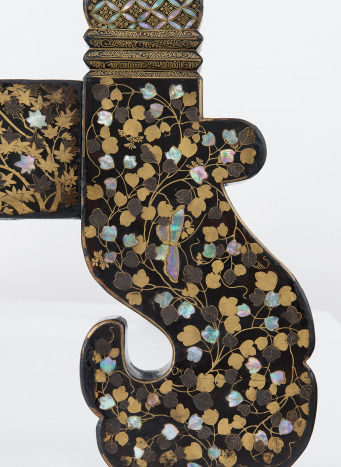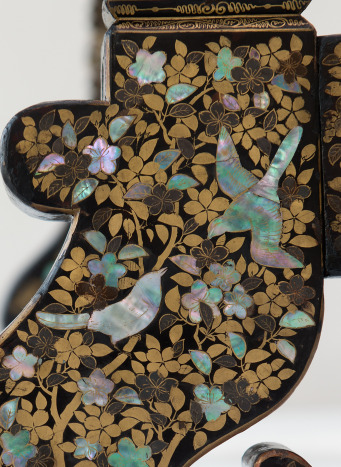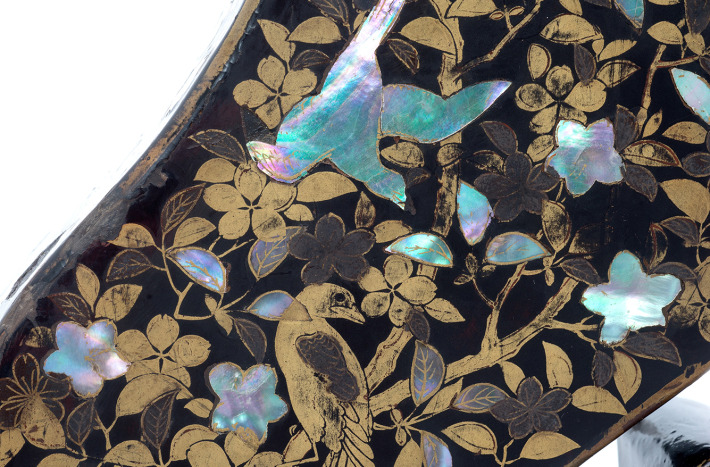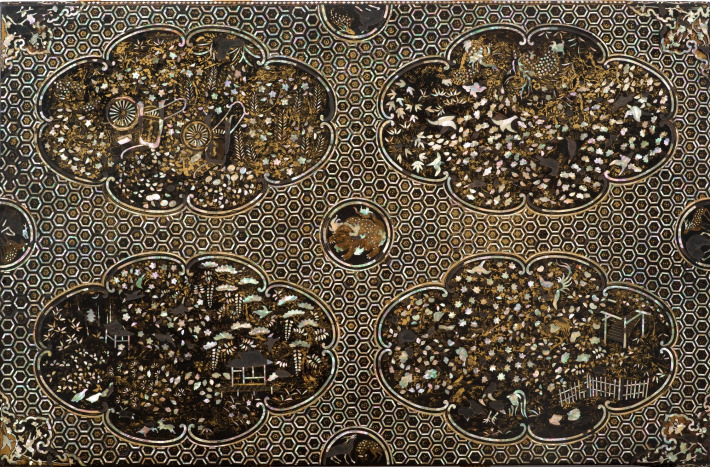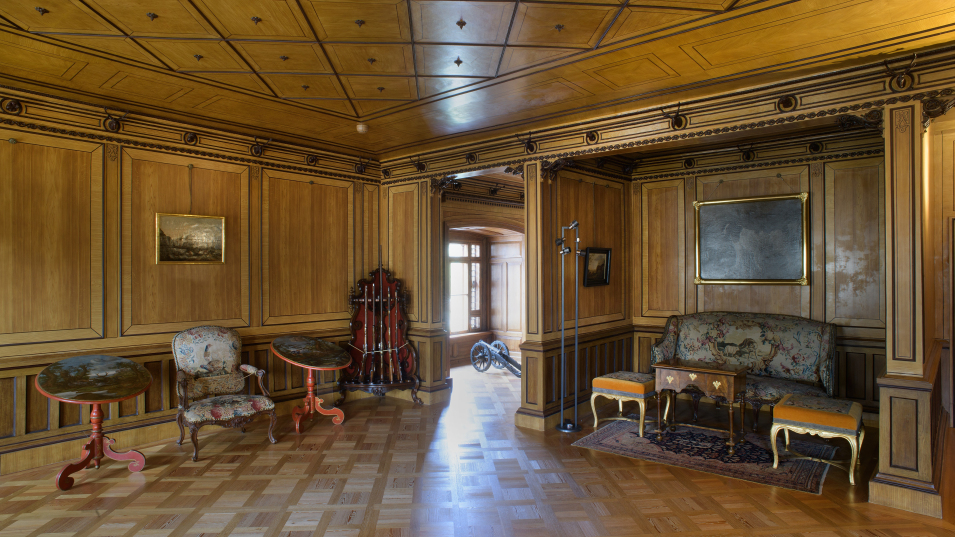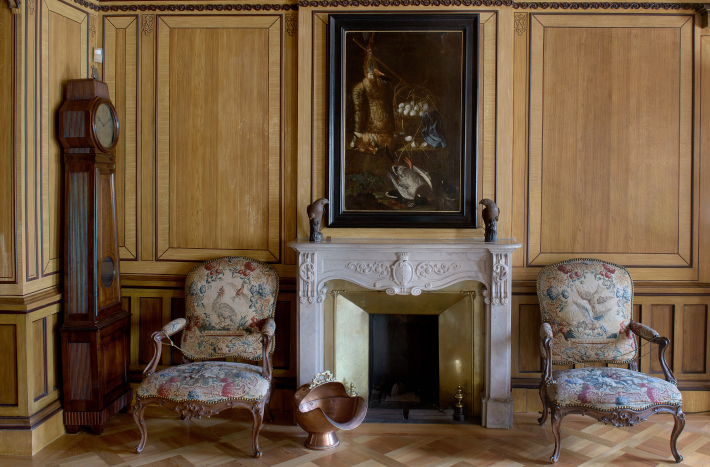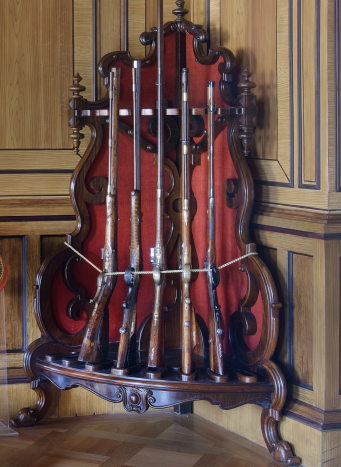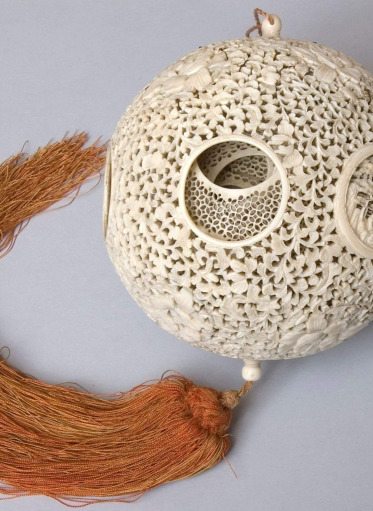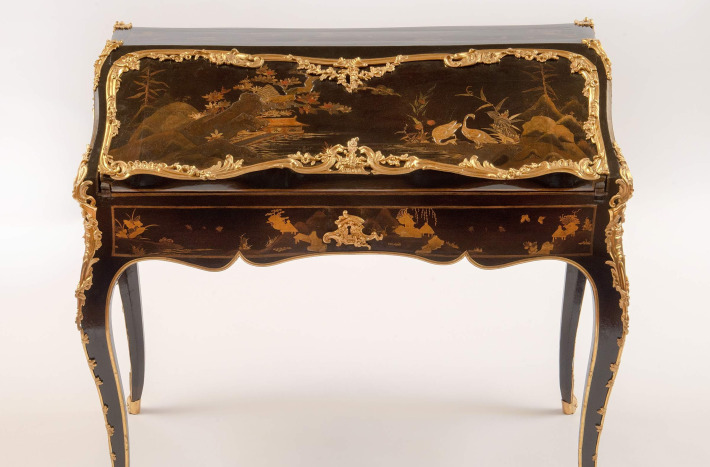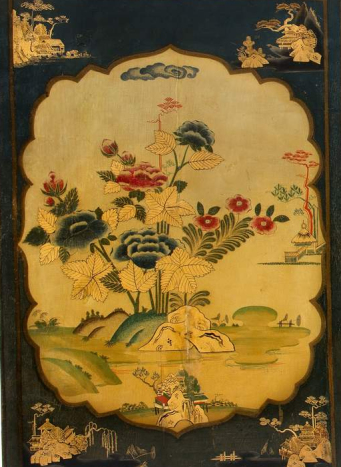
Permanent exhibition
The Chinese and Hunting Rooms
At the end of the 19th century, these were private apartments of the owners of the Palace, reflecting their passions for collecting and hunting. Many items came from the Far East in line with the fashion of the time for chinoiserie.
The pearl of this collection is the Japanese Nanban table from 1610, the only such object in Polish collections. In the Hunting Rooms, visitors will find a collection of silver and hunting accessories.
The pearl of this collection is the Japanese Nanban table from 1610, the only such object in Polish collections. In the Hunting Rooms, visitors will find a collection of silver and hunting accessories.
Key information
Opening hours:
- Sunday: 10:00-16:00
- Monday: 10:00-16:00
- Tuesday: 10:00-16:00
- Wednesday: 10:00-16:00
- Thursday: 10:00-16:00
- Friday: 10:00-16:00
- Saturday: 10:00-16:00
Tickets:
Tour time:
30 minutes
Exhibition curators:
Karolina Alkemade, Joanna Paprocka Gajek, Alicja Łoboda in cooperation with the Department of Prevention and Conservation of the Museum of King Jan III's Palace at Wilanów
Explore:
These resemble the old, 19th-century cabinets of collectors, where exhibits were presented in a kind of jumble. The decorations inspired by oriental art date back to the 1880s. Currently, the rooms house Chinese-style furniture and a collection of Far Eastern art.
This is one of the most valuable works of artistic crafts in the Museum's collections. It was created in 1610 in Japan. The name of the Nanban style comes from the Japanese for "Southern Barbarians" and refers to decorative Japanese products of the 16th and 17th centuries which showed strong European influences. The ornamentation adorning the priceless piece of furniture is made of lacquer, powdered gold, silver, and mother-of-pearl.
These were arranged to emphasise the role of hunting in the functioning of the residence and lives of its inhabitants. The contemporary arrangement consists of works and objects on the theme of hunting from different eras, such as paintings, tables with hunting scenes, a set of furniture from the 18th century decorated with scenes from La Fontaine's fairy tales, and hunting accessories, including firearms from the 17th, 18th and 19th centuries, gunpowder flasks, canteens, and hunting horns.
The ball is carved openwork and is decorated with a long fringe of silk. The outer layer encloses 13 smaller concentric spheres, each of which is decorated with a different ornament and moves independently. Such products of Chinese craftsmen were acquired by European collections as curiosities of Far Eastern art. They were collected because of their originality, exoticism, and the highly admired unusual craftsmanship.
These pieces of high-quality furniture represent the widespread fashion for art inspired by works from the Far East prevalent in 18th-century Europe. Both are decorated with black lacquer adorned with painted landscapes. The furniture became lost during World War II. Thanks to a research project conducted at the State Art Collections in Dresden, it was possible to establish their origin and return them to the Wilanów collection.
